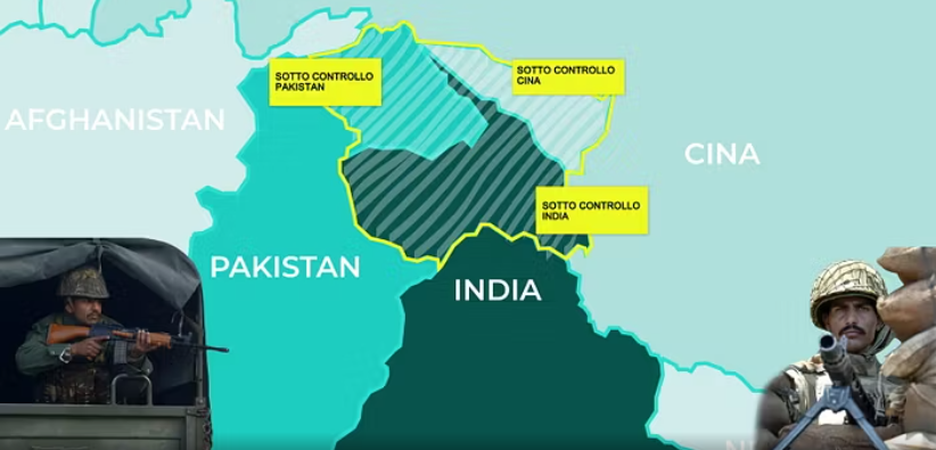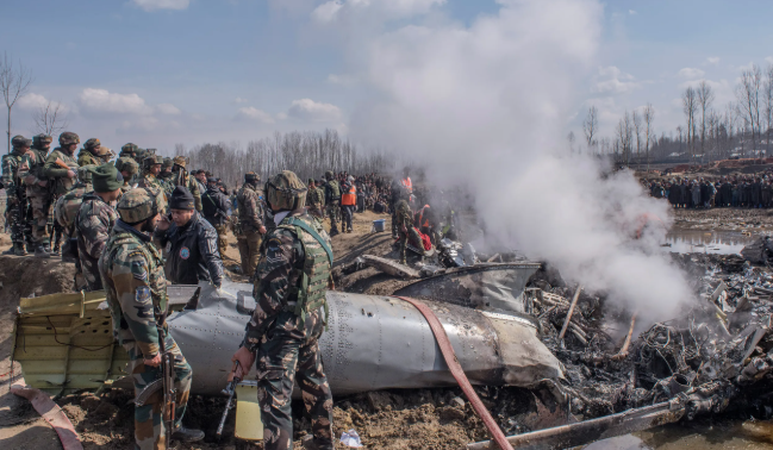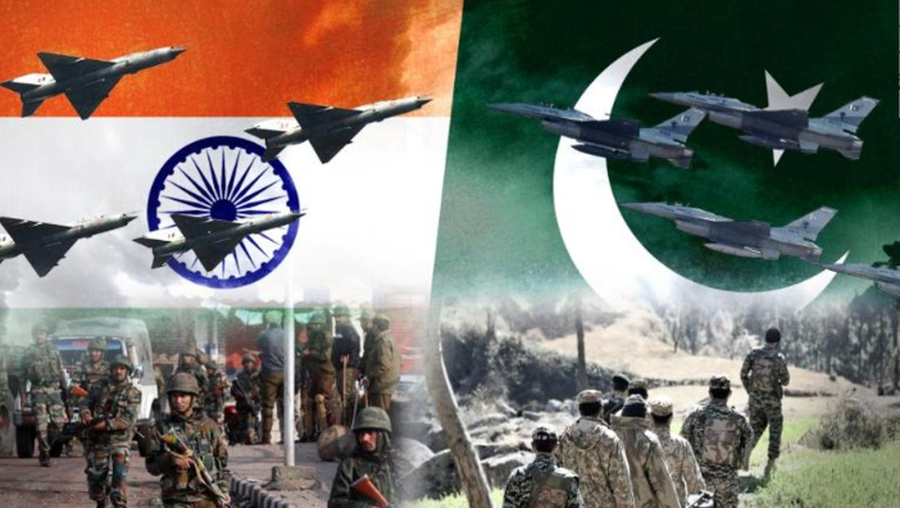
Kashmir is once again at the center of an escalation that could turn into the most dangerous conflict of the 21st century. India and Pakistan, historically rival nuclear powers, have accused each other of carrying out the Pahalgam attack and Operation Sindoor.
But this time, what is also fueling tensions is the silent but crucial role of China, an ally of Islamabad and interested in regional stability. The nuclear shadow is looming as the three Asian giants navigate a geopolitical minefield.
The Pahalgam attack and the Indian response
On 22 April 2025, a terrorist attack in Pahalgam, Indian-administered Kashmir, killed 26 civilians, mostly Indian tourists. The Resistance Front group, affiliated with Lashkar-e-Taiba, claimed responsibility for the attack. India accused Pakistan of supporting the group and, in response, launched Operation Sindoor on 6 May, striking nine targets in Pakistan and Pakistani Kashmir, including the headquarters of terrorist groups such as Jaish-e-Mohammed and Lashkar-e-Taiba.
Pakistan's reaction and diplomatic escalation
Pakistan condemned the attacks as an "act of war", saying they killed at least 26 civilians and injured 46 others. In response, Islamabad shot down five Indian aircraft and announced retaliation. Diplomatic relations deteriorated. India expelled Pakistani diplomats, suspended the Indus Waters Treaty and closed its borders, while Pakistan responded by expelling Indian diplomats, closing its airspace and suspending the 1972 Shimla Agreement.
Kashmir: A decades-old dispute
Kashmir has been at the center of tensions between India and Pakistan since the partition of 1947. The Maharaja of Kashmir, despite the Muslim majority population, decided to join India, sparking the first conflict between the two countries. Since then, there have been two other major conflicts in 1965 and 1999, as well as numerous smaller clashes and an ongoing insurgency in the region.
Previous conflicts
· 1947-1948: After independence, the first conflict erupted when Pakistani tribes invaded Kashmir. India intervened militarily, leading to a UN-brokered ceasefire and the creation of the Line of Control.
· 1965: Pakistan attempted to invade Indian Kashmir, sparking a full-scale war that ended in a ceasefire.
· 1971: Although the war focused on the independence of Bangladesh, there were direct clashes between India and Pakistan. The result was the birth of the new state of Bengal.
· 1999: The Kargil conflict saw Pakistani forces infiltrate strategic positions in Indian Kashmir. India responded with a military campaign of reconquest.
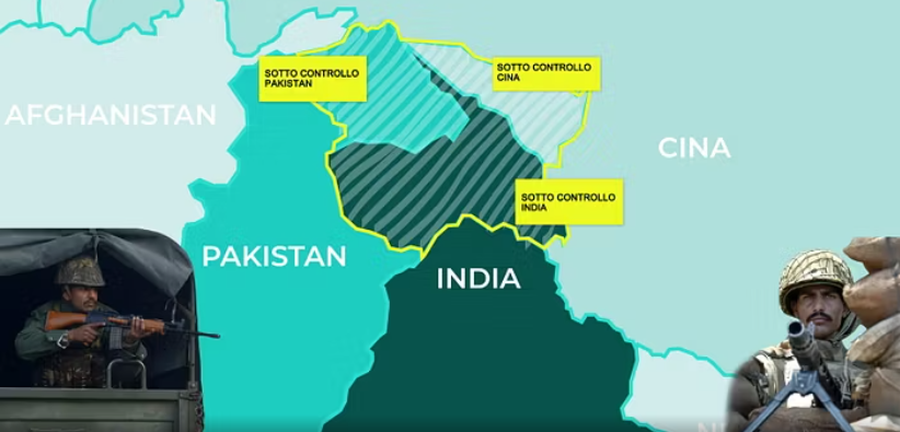
The Real Danger: Kashmir and Nuclear Weapons
Both countries possess nuclear weapons and maintain an ambiguous military doctrine that does not rule out the use of nuclear weapons in the event of an existential threat. According to SIPRI estimates, India has about 160 nuclear warheads, while Pakistan has 170. But what alarms analysts is the lack of diplomatic dialogue and the growing risks of miscalculation. In a context marked by aggressive nationalisms and the presence of active terrorist groups in the region, a conventional war could quickly degenerate. A nuclear conflict would have devastating effects not only on the subcontinent, but globally: millions of deaths, economic collapse and possible climatic consequences, such as a nuclear winter.
What is the Line of Control (LoC)?
The Line of Control (LoC) is the de facto military border dividing the Kashmir region between India and Pakistan, established after the ceasefire of the 1947–1948 war and redefined in 1972 by the Shimla Agreement. It is not a recognized international border, but a dividing line controlled by two opposing armies, often the scene of artillery exchanges and ceasefire violations. Along the line are villages, military posts, and civilians forced to live in a climate of constant tension, in an area considered one of the most militarized in the world.
Why is Kashmir strategic?
Kashmir is crucial for three fundamental reasons: water, military and symbolism. The region is home to the headwaters of vital rivers like the Indus, which are essential for agriculture and water supplies for both countries. On a military level, control of Kashmir means dominating access to the Himalayas and holding strategic positions in a key area for national security. But Kashmir is also a very powerful symbol of identity: for India, it represents the territorial integrity and secular nature of the state; for Pakistan, it is the unresolved Muslim cause since the partition of 1947. This mix of concrete and ideological interests makes the region highly volatile.
Comparison of nuclear arsenals
India has about 160 nuclear warheads, while Pakistan has about 170. Both countries are accelerating the modernization of their arsenals, investing in long-range ballistic missiles, nuclear-powered submarines, and advanced command and control systems. This arms race, combined with the lack of effective crisis communication mechanisms, greatly increases the risk of miscalculation or disproportionate responses. Adding to the uncertainty is Pakistan’s “first use” doctrine, which calls for the use of nuclear weapons even in response to conventional threats. In a context of high tension and provocations, a nuclear escalation, while not inevitable, seems more plausible today than in the past.
UN position on Kashmir
Since Resolution 47 of 1948, the United Nations has called for a referendum to allow the people of Kashmir to decide whether to join India or Pakistan. However, due to political and military differences between the parties, the consultation never took place. The failure to comply with the resolution is one of Pakistan's main claims, as it continues to exercise the right of self-determination for Kashmiris. India, on the other hand, considers Kashmir an integral part of its national territory and rejects any international mediation. The UN, while regularly calling for a peaceful and bilateral solution, has so far played a minor role in managing the crisis, with little capacity to have a concrete impact on developments.
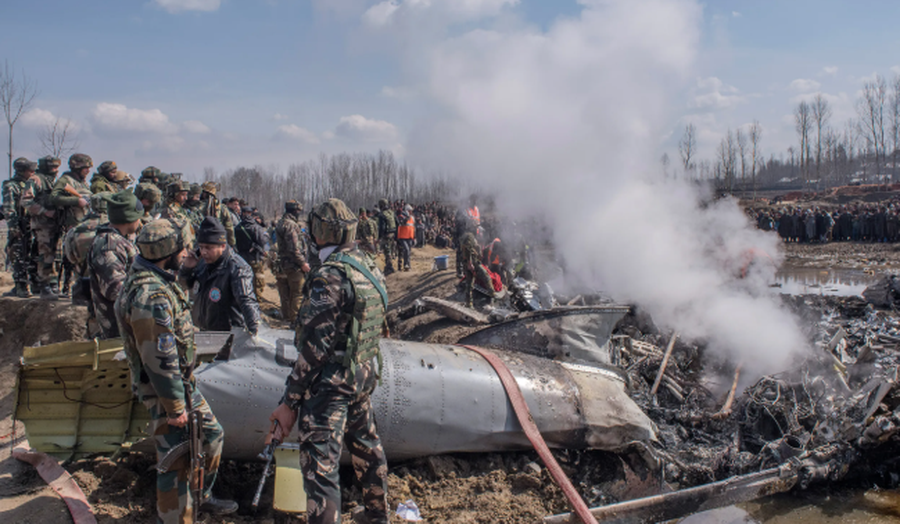
Indus Waters Treaty
The Indus Waters Treaty, signed in 1960 with the mediation of the World Bank, is one of the longest-running and most important water agreements in the world. It regulates the sharing of the waters of the six main rivers of the Indus basin between India and Pakistan: three in the north are assigned to Pakistan (Indus, Jhelum, Chenab) and three in the south to India (Ravi, Beas, Sutlej). Despite three wars and numerous diplomatic crises, the treaty has always been respected, representing a rare form of cooperation between the two countries. However, India's recent decision to suspend its implementation, in response to the attack in Pahalgam, is a very serious signal: the conflict is also moving to the level of vital resources, exacerbating regional instability and putting at risk the water security of millions of people in Pakistan.
Who sells weapons to India and Pakistan?
India and Pakistan regularly rank among the world’s top arms importers. According to SIPRI data, India spent over €20 billion on military imports between 2019 and 2023, with France, Russia, the United States and Israel being the main suppliers. France, in particular, has supplied India with Rafale fighter jets worth a total of more than €7 billion.
Pakistan, in the same period, imported weapons worth around €7 billion, mainly from China, which supplied it with fighter jets, drones and missile systems, followed by Turkey and the United States. This ongoing bilateral rearmament fuels strategic tension in the region and limits opportunities for dialogue. Furthermore, the increasing use of advanced technologies and long-range weapons makes any crisis potentially explosive.
China's stance on Kashmir
China is not a neutral player in the Kashmir issue. Beijing supports Pakistan politically and militarily and exercises direct control over Aksai Chin, a region of Kashmir historically claimed by India. The territory is strategic for China because it connects Tibet with Xinjiang and is part of its geopolitical vision of the “New Silk Road.” Moreover, China is involved in frequent border tensions with India along the Line of Actual Control (LAC) in the eastern Himalayas. China’s support for Pakistan, both military and diplomatic, adds complexity to the Asian chessboard, increasing the risk that a bilateral crisis could escalate into a confrontation between the three powers.
What would happen in the event of a nuclear war?
A nuclear clash between India and Pakistan would cause millions of immediate deaths and have devastating consequences beyond the region. Major cities, industrial centers, and strategic infrastructure would be destroyed within hours. But the real impact would be global: according to some scientific studies, nuclear explosions would raise huge amounts of dust and soot into the atmosphere, obscuring the sun for months and causing a “nuclear winter.” Average global temperatures could drop significantly, destroying crops and causing widespread famine. The climate crisis would be exacerbated by a global food crisis, with systemic effects on health, the economy, and international security. The hypothesis, although extreme, is now considered possible by many strategic analysts. (A2 Televizion)

